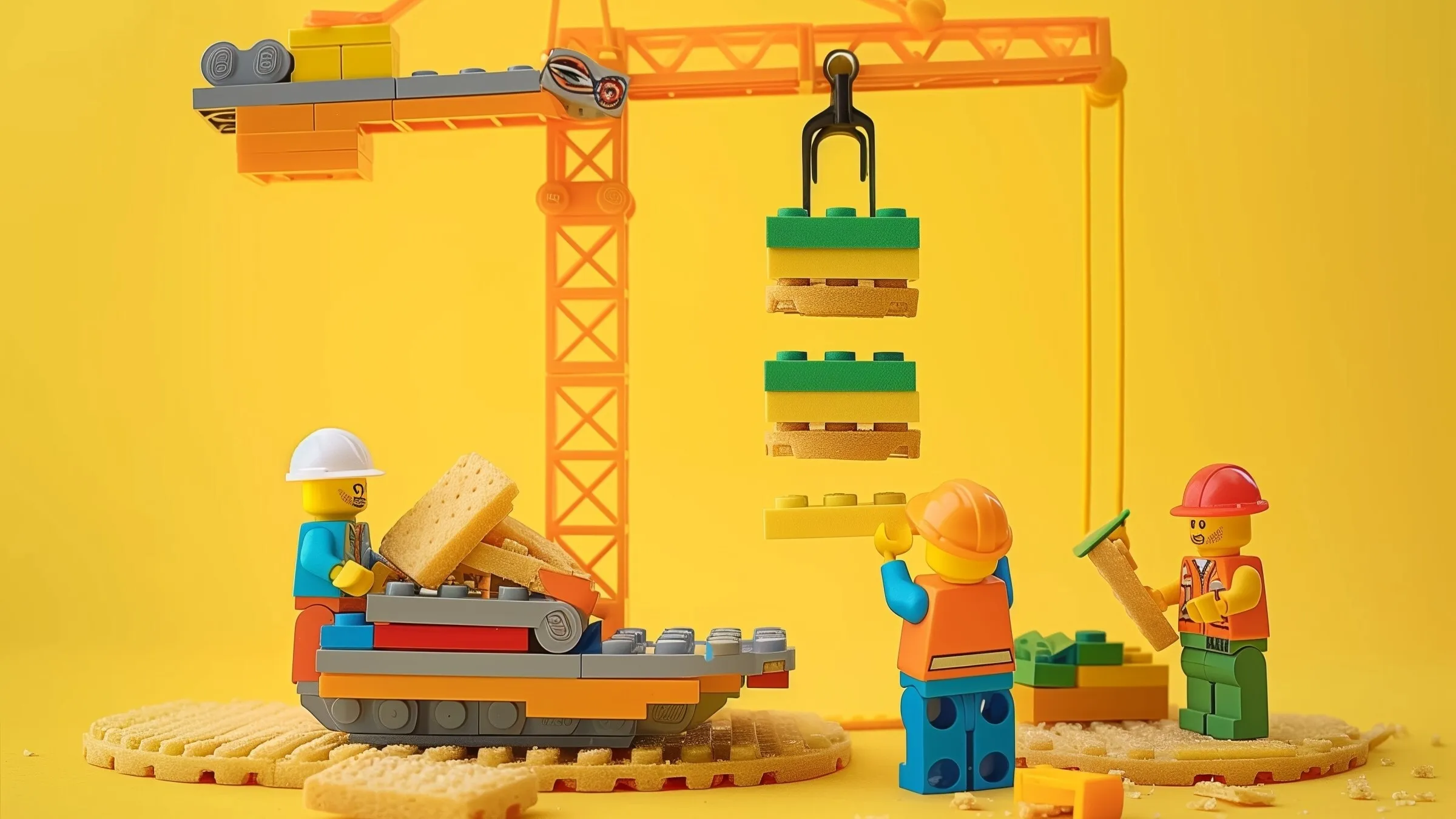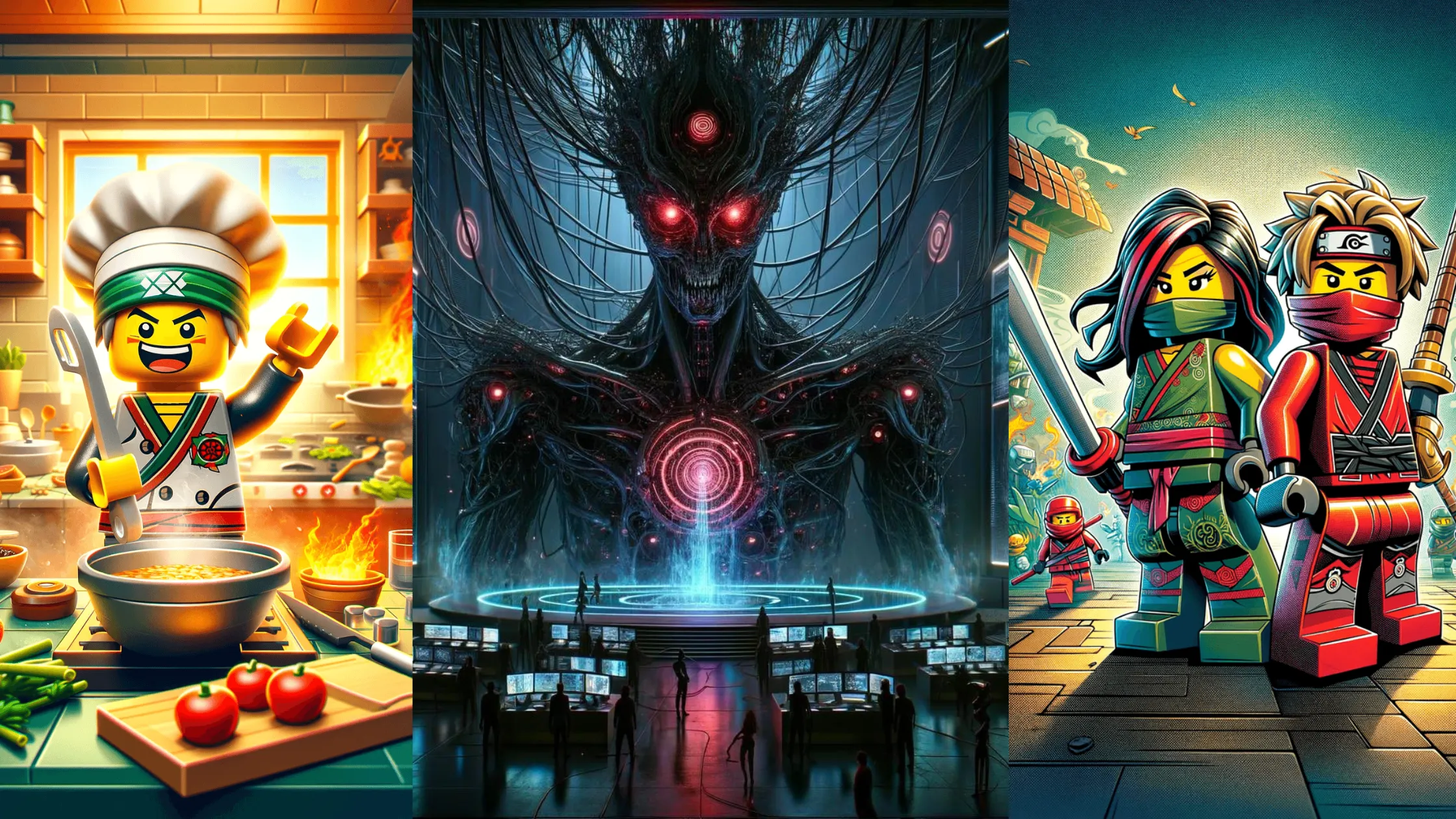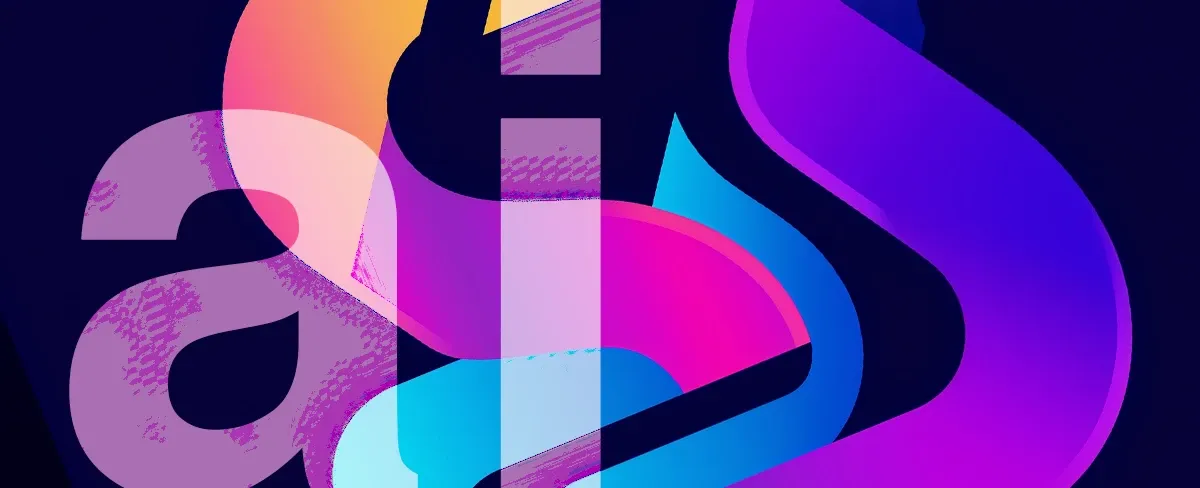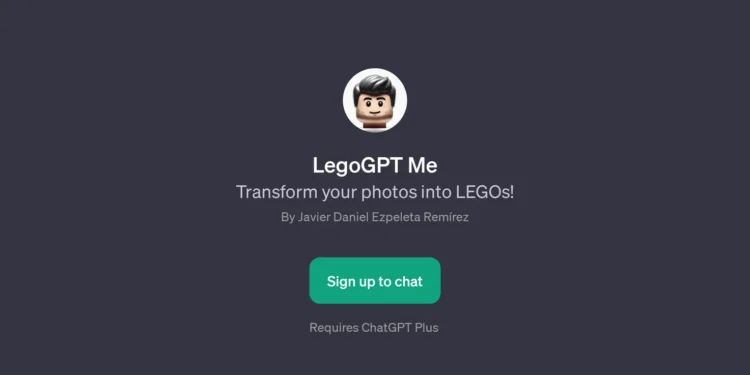Lego enthusiasts, rejoice! A groundbreaking new AI tool called LegoGPT is here to elevate your Lego-building experience. Developed by a team of computer scientists at Carnegie Mellon University, LegoGPT allows users to input text and transform it into actual, physically stable Lego designs. This tool takes the world of Lego building to new heights, offering an innovative and fun way to create designs that are not only imaginative but also structurally sound.

Turning Text into Lego Masterpieces
LegoGPT stands out from other AI-based design tools. While many AI design generators might create wacky or impractical designs, LegoGPT ensures that the creations are more than just visually appealing—they are actually buildable. According to the Carnegie Mellon team, the AI model is designed to generate Lego structures that adhere to the laws of physics, ensuring that the designs are physically stable 98% of the time.
This AI tool was trained on an extensive dataset of over 47,000 Lego structures and 28,000 unique 3D objects, making it capable of producing realistic and functional Lego designs. The end result? Designs that work, and work well, whether you’re a seasoned Lego builder or just someone looking to try something new.
How LegoGPT Works: An Easy-to-Use Tool for Lego Fans
Getting started with LegoGPT is simple. The tool is available for free on GitHub, and all you need is access to the platform to start transforming your ideas into real-world Lego creations. Users can upload pictures of their existing Lego blocks to determine which building options are available to them. From there, LegoGPT takes over, turning your text descriptions into detailed, buildable designs.
The beauty of LegoGPT lies in its simplicity. Instead of generating impractical designs that might be fun to look at but impossible to build, LegoGPT ensures that the creations are structurally sound and ready to be built. Whether you’re looking to design a sleek, modern building or a futuristic vehicle, LegoGPT has you covered.

A New Era for Lego Design
LegoGPT represents a major leap forward in the world of Lego building. Traditionally, Lego enthusiasts would have to rely on their own creativity and knowledge of Lego pieces to build structures. With LegoGPT, this process becomes more accessible and streamlined, allowing anyone to generate detailed designs with just a few text inputs.
Imagine being able to describe your dream Lego set, and having the AI turn that description into a fully functional design in mere minutes. Whether you’re a professional Lego builder, a hobbyist, or a parent looking to create a custom set for your child, LegoGPT makes the process more efficient and enjoyable.
The Technology Behind LegoGPT: A Deep Dive
The magic behind LegoGPT comes from its extensive training dataset. By utilizing over 47,000 Lego structures and 28,000 unique 3D objects, the AI is able to generate designs that not only look good but are also physically stable. This is a significant step up from previous AI design tools, which often produced designs that were visually appealing but impractical for actual construction.
LegoGPT’s ability to follow the laws of physics means that the designs it creates are not just theoretical—they can actually be built with real Lego bricks. This is a game-changer for Lego fans who want to explore more complex builds but may not have the time or expertise to create them manually.

Get Creative with LegoGPT
One of the most exciting features of LegoGPT is how it encourages creativity. Users can input a wide variety of text descriptions to generate designs based on their ideas. Whether you’re dreaming of a medieval castle, a futuristic cityscape, or a detailed animal figure, LegoGPT can bring it to life. And, because the tool is free to access on GitHub, anyone with an interest in Lego building can try it out.
But LegoGPT isn’t just for adults looking to create complex designs. Kids can also get involved, with the tool offering an easy way for them to design Lego structures that are both fun and functional. The user-friendly platform makes it easy for young builders to explore their creativity and bring their Lego dreams to life.
The Future of Lego Building: AI-Powered Designs
LegoGPT is just the beginning. As AI technology continues to evolve, it’s likely that tools like LegoGPT will become even more sophisticated. In the future, we may see even more advanced AI models that can not only generate stable designs but also provide personalized building suggestions based on a user’s existing Lego collection. The possibilities are endless.
For now, LegoGPT is already revolutionizing the way we think about Lego design. By combining the creative freedom of text input with the technical precision of AI, LegoGPT is opening up new possibilities for builders of all ages and skill levels.

How to Access LegoGPT
To try out LegoGPT for yourself, simply head over to GitHub, where the tool is available for free. Once there, you can upload pictures of your Lego blocks and start generating designs based on your text inputs. Whether you’re a casual Lego fan or a serious builder, LegoGPT offers a fresh and exciting way to engage with the world of Lego.
LegoGPT is more than just a fun toy for Lego enthusiasts—it’s a tool that brings the world of AI and physical construction together, giving users the ability to create intricate, real-world Lego designs from the comfort of their computer.










